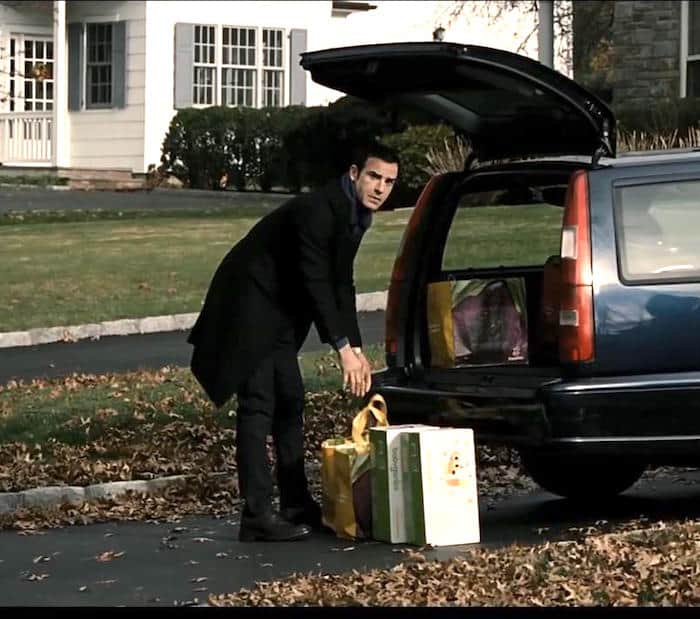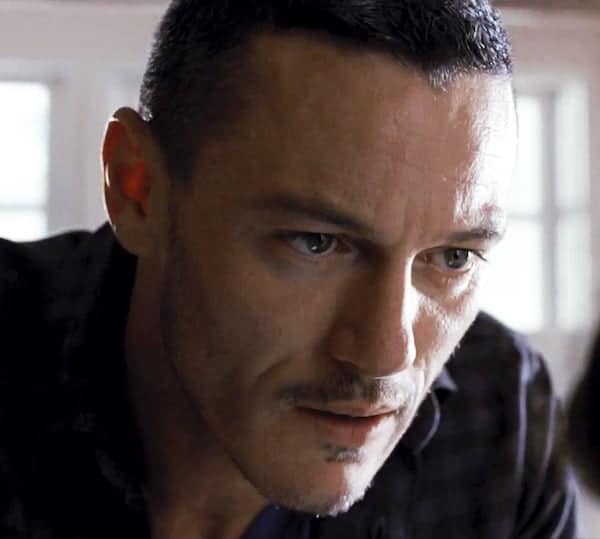There’s the book, and there’s the movie. The book moves quickly, until it doesn’t. The movie has a score by Danny Elfman. A very haunting, distinguished score by Danny Elfman. The book ended in a hail of red herrings, dei ex machina, and obviousness. The movie simply ended.
For a book that almost everyone on the planet seemed to be reading last year, Paula Hawkins’ The Girl on the Train was neither electrifying nor surprising. It moved, and for the first 2/3 of its 300+ pages, it moved briskly. What it did seem to have going for it was the use of three first-person voices. Rachel’s was the most persistent — she is the eponymous day-tripper played by Blunt. But then those other women she noticed through the train window—Megan (the one who goes missing)—and Anna (married to Rachel’s ex-husband Tom) both have their own points of view offered in interwoven chapters. This infrequently used (and rarely successful) literary device tends to get the blood racing. (Dickens used multiple narrators brilliantly in Bleak House).
So I stayed with it, the book I mean. But then the scenes began repeating their own tropes. Women daydreamed of having a more meaningful something – life, husband, job, quickie affair. The men were listless careerists. The bored suburban housewives continued to daydream. The dialogue was banal. And ultimately the ending —seen from as far away as the headlight on a midnight special—collapsed into an improbable bloody mess. Once I closed the book I felt like an idiot for having stuck it out.
Which drove me straight into the arms of the cinematic version. Surely it HAD to be better than the book. Didn’t it?
The beautiful Emily Blunt playing boozy Rachel with puffy face, runny eye-makeup, looking pretty much like 12 miles of bad road, nonetheless is the most shining entity in this uninteresting waste of 2 hours. With its real estate brochure cinematography, Girl failed to lure us in with intriguing locations— unless you can count “actress” Haley Bennett’s cleavage and willingness to go full nude whilst wandering around the woods. And that’s the real problem with the film: bad casting. And bad casting (unless you’re Alfred Hitchcock) translates into bad acting.
 That’s what The Girl on the Train is best at—showcasing bad acting. Especially from all three of the male characters. As Tom, the girl on the train’s ex-husband and current husband of Anna, Justin Theroux (Mr. Jennifer Aniston) struggles to convince us of anything.
That’s what The Girl on the Train is best at—showcasing bad acting. Especially from all three of the male characters. As Tom, the girl on the train’s ex-husband and current husband of Anna, Justin Theroux (Mr. Jennifer Aniston) struggles to convince us of anything.
But he’s Benedict bloody Cumberbatch compared to Luke Evans, as the husband of nubile Megan (the one who goes missing). Evans has all the appeal of a rent boy with a bad coke habit and a few tours in Iraq under his belt. The scenes in which he and Rachel attempt to come to various understandings—which might have conceivably moved the plot along—are embarrassing.
 Evans comes from the scrunch up your face and yell school of Strong Emotions. Just as bad, is the unlikely Venezuelan Edgar Ramirez playing Middle-eastern psychiatrist/rent boy Dr. Kamal Abdric. Yes, it is that absurd, and that confusing.
Evans comes from the scrunch up your face and yell school of Strong Emotions. Just as bad, is the unlikely Venezuelan Edgar Ramirez playing Middle-eastern psychiatrist/rent boy Dr. Kamal Abdric. Yes, it is that absurd, and that confusing.
And if you confuse audiences enough, without a single bit of plot payoff, they will grow angry and restless. In my case, I needed to dig down to the very last dry, unpopped kernel of popcorn in my bag (an over-priced small popcorn with NO artificial butter, thank you), in order to stay the course.
So in the end, let’s consider just why everybody was into this book/movie. Â The voyeur in each of us? Probably. The universal wanderlust appeal of riding trains. Absolutely. And the challenge of trying to detect just whether or not the “unreliable” main narrator was truly unreliable. Yeah. But let’s put it another way. I’ll never have those three afternoons back again!



Thanks Xtina I Knew I didn’t want to read it, so you’ve saved me several days of reading.